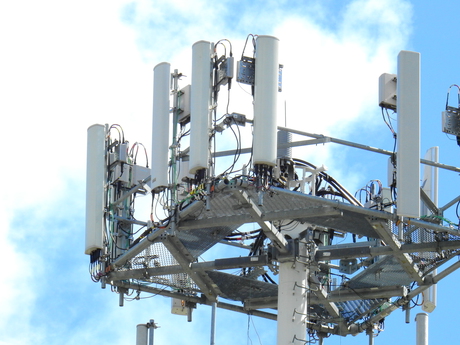Wireless sensor research breakthrough

Energy harvested from communications towers can be used to power industrial sensors.
Researchers at The Australian National University (ANU) are a step closer to harvesting renewable or ambient energy from mobile phone base stations to power wireless sensors used in industries including health and agriculture.
Lead researcher Dr Salman Durrani, from the ANU Research School of Engineering, said current wireless sensors for buildings, biomedical applications or wildlife monitoring use batteries which are often difficult to replace.
In a research first, ANU researchers have accurately modelled how much energy it takes to sense and transfer information by wireless sensors. They are working on further ways to analyse the problem.
“A major problem hindering the widespread deployment of wireless sensor networks is the need to periodically replace batteries,” said Dr Durrani.

Wireless sensors are increasingly being used in many aspects of daily life. For example, Australian viticulture uses sensors to measure temperature, wind speed, light, humidity and soil moisture to optimise the growth of grapes and prevent crop loss due to excessive heat or frost.
Wireless sensors are used in various Australian sports, such as rowing, to collect performance data from athletes. They are also used for condition monitoring of structures such as bridges and machinery in factories.
The research found it was feasible to replace batteries with energy harvested from solar or ambient radiofrequency sources such as communication towers or other mobile phone base stations, with communication delays typically limited to less than a few hundred milliseconds.
Dr Durrani said although the technology was years away, the research dealt with an important practical problem.
“If we can use energy harvesting to solve the battery replacement problem for wireless sensors, we can implement long-lasting monitoring devices for health, agriculture, mining, wildlife and critical national infrastructure, which will improve the quality of life,” Dr Durrani said.
The research has been published by the IEEE.
RFUANZ report: setting the frequency for success in 2025
Last year brought a lot of internal change for RFUANZ, but the association has hit the ground...
ARCIA update: an extended event calendar for 2025
With the addition of Tasmanian events and a conference in Adelaide in September, 2025 will see...
ARCIA update: plans for 2025
ARCIA will be holding a mixture of workshop, conference and networking events in 2025, in the...





